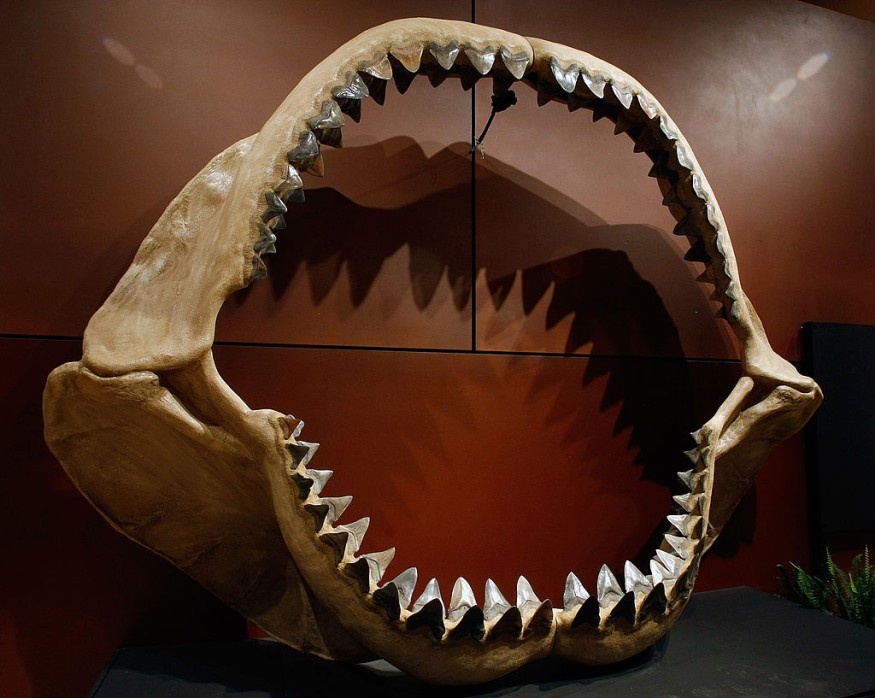
Scientists had studied and created a picture of what a Megalodon looks like for years.
While known as the largest shark and fish that ever lived, new research suggested that those illustrations of the gigantic great whites have not yet been completely discovered.
Roughly 15 to 3.6-million years ago, there is no doubt that the megatooth shark, Otodus megalodon, had swam the Earth.
Based on evidence known only from its fossilized teeth and vertebrae, studies suggested they reached lengths of up to 65 feet.
Unfortunately, there had been no additional evidence, such as a complete skeleton that could precisely draw conclusions about their body shape.
However, new research "bites holes" into theories about "the Megs," which argued that we basically have no idea what a megalodon looked like, Phys.Org reported.
"This study may appear to be a step backward in science," Kenshu Shimada said via CNET, a paleobiologist at DePaul University and co-author.
Traditional understanding of the Great Whites
Lead author Phillip Sternes, a UCR organismal biologist, said in the study published in the international journal Historical Biology that "there are currently no scientific means to support or refute previous studies on O. megalodon body forms," and that is becauset heir cartilage does not preserve well.
Based on traditional models of Megalodon bodies, it is believed they belong to the Lamniform shark order and shared partial warm bloodedness with the great whites.
It was previously thought that having some of this warm blood expanded the sharks' swimming range, however, new findings suggest it is increasing their swimming speed.
"Great whites are among the fastest swimming sharks, so Megalodons were likely also big, fast sharks you would not want to run into in the open ocean," said Sternes.
Researchers compared five species of warm-blooded Lamniformes to determine the Megalodon's shape and its difference with other eight families of the shark order, including some cold-blooded sharks.
They found that a shark's warm or cold-bloodedness have much bearing on its body shape.
A "step backward" in science
Unlike using actual photos for comparison, Sternes pioneered the use of this two-dimensional drawing technique on sharks to provide "accurate representations" of the species.
He said "it's a technique widely used in biology and works well for sharks since some specimens exist only in remote places."
Along with the detailed field guide drawings, they performed quantitative comparisons of the sharks' fin, head and body shapes, but found no general patterns to tease out body shape differences.
"Warm bloodedness does not make you a differently shaped shark," Sternes said.
"I encourage others to explore ideas about its body shape, and to search for the ultimate treasure of a preserved Megalodon fossil. Meanwhile, this result clears up some confusion about previous findings and opens the door to other ideas once again."
The author suggested others to continue to search for a better understanding of the Megalodon and use his technique to study specimens that are hard to collect, such as snakes and birds.
"Any meaningful discussion about the body form of O. megalodon would require the discovery of at least one complete, or nearly complete, skeleton of the species in the fossil record," said James Wood, another co-author.
© 2025 NatureWorldNews.com All rights reserved. Do not reproduce without permission.





